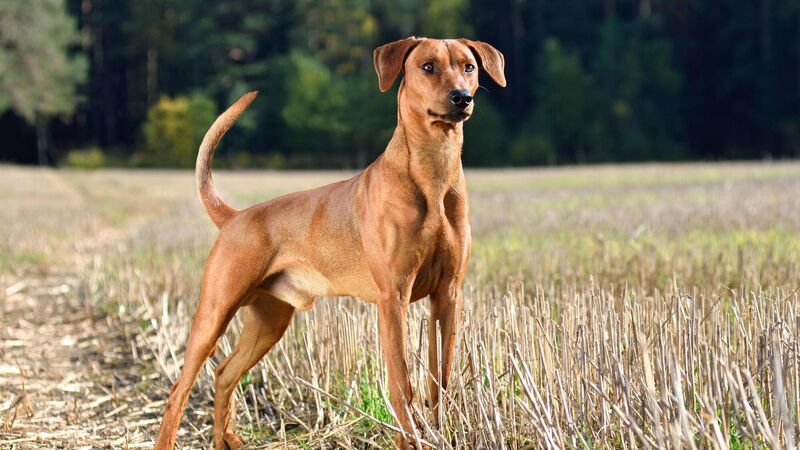Pete the Vet: Everything you need to know about taking care of your pet's tail

Pete the Vet: Tail problems are one area that vets do not share with human doctors: most animal have tails, while very few humans possess this appendage. Pictured is Brown German Pinscher standing on an autumn field
Tail problems are one area that vets do not share with human doctors: most animal have tails, while very few humans possess this appendage.
In fact, we humans do start out with tails, when we are embryos. Around eight weeks after conception, our tiny tails shrivel up and disappear. Exceptionally rarely, this shrivelling doesn’t happen, resulting in babies being born with vestigial tail-like structures. This is shocking to parents when it happens, and a swift surgical operation ensures that tailed adult humans are almost never seen. However humans do possess the remnant of these lost tails: the three or four vertebrae that make up our coccyx, or tailbone, at the base of our spines.

Celebrating 25 years of health and wellbeing








